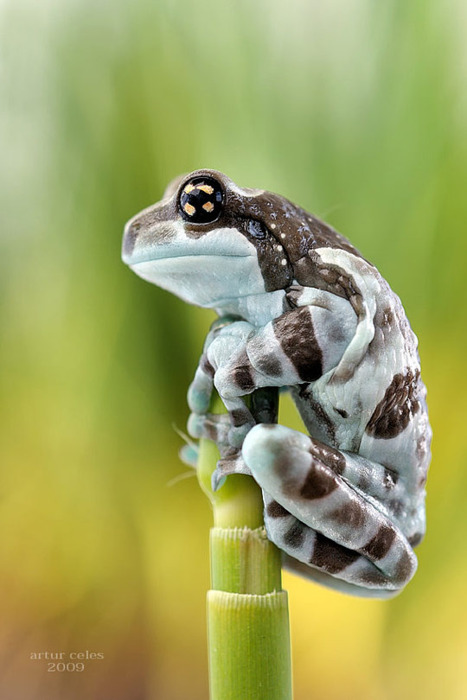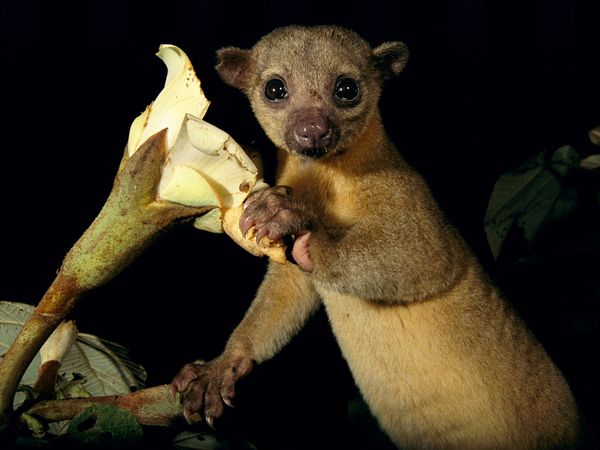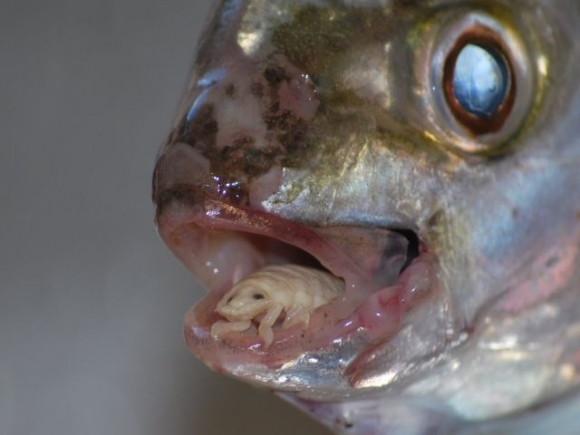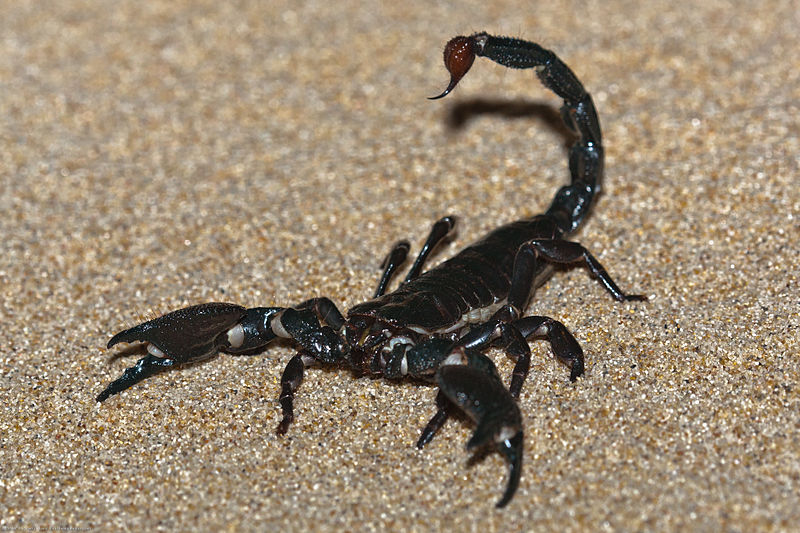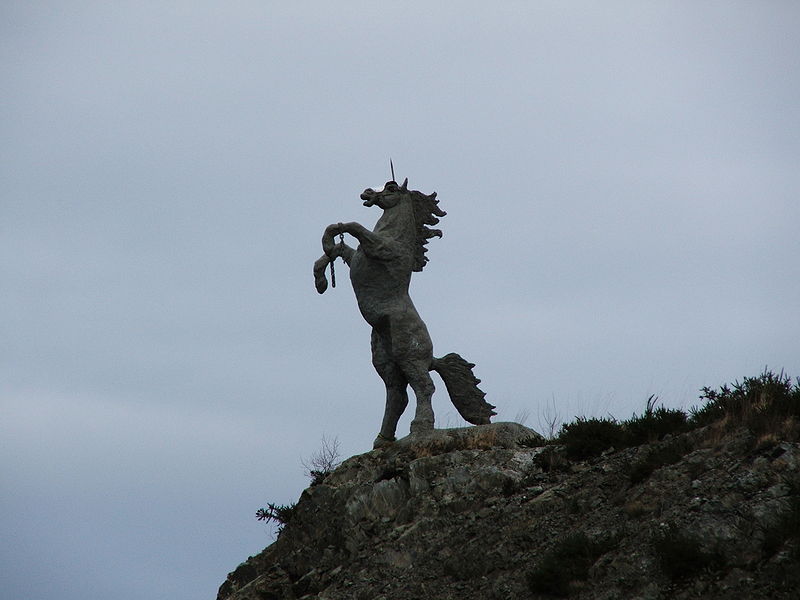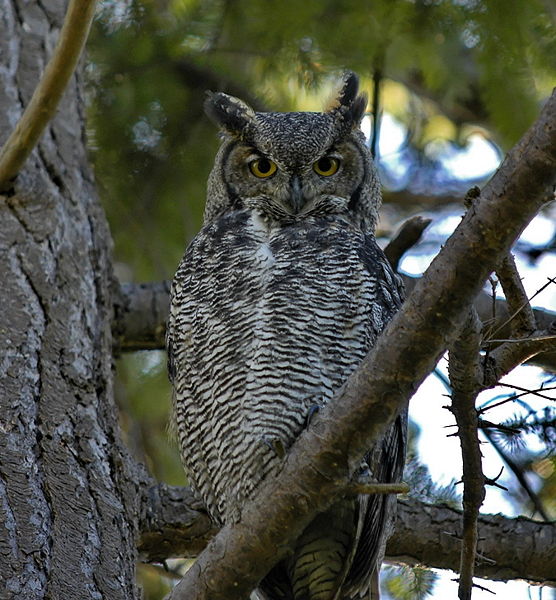
There was a great picture on the Kenogami Almanac (this is a blog from a friend of mine who talks about things happening in the area I grew up, Kenogami) yesterday of two beautiful owls. While I am not 100% certain these magnificent creatures were actually Great Horned Owls, since I am not much of a birder, I figured we could learn about the Great Horned Owl anyway. After all, they are a pretty impressive bird species. So grab your binoculars and lets head up to Northern Ontario to see if we can catch a glimpse of the amazing Great Horned Owl.
Okay, so we don’t have to go to Northern Ontario since we can find the Great Horned Owl pretty much anywhere in the Americas but I just wanted to show you around my old stomping grounds. Believe it or not this particular owl just happens to be the most common owl species on this side of the pond. Who knew, right? We shouldn’t have a tough time identifying these magnificent birds either since they have feather tufts on their head that resemble horns. Yep, you can chalk up another clever but obvious naming convention to the people that name animals.

The Great Horned Owl is successfully surviving since they are incredibly adaptable. These unique birds are just as happy living in the woods as they are living in the suburbs of a city. As well, they can be found anywhere from the Arctic to South America. But don’t worry, the Northern populations will make sure they migrate to the warm temperate regions for the winter. I guess they are similar to an old retired couple.
One of the most interesting aspects of the Great Horned Owl has to be their incredible digestive system. They will typically swallow their prey whole and then regurgitate pellets composed of fur and bones. Let’s face it, nobody wants to eat fur and bones, right? So what type of animals do these amazing owls consider to be dinner? Well, they generally go after small mammals such as raccoons, rabbits, squirrels and even skunks. Yes, they are one of the only animals that will actually prey on skunks. No wonder they swallow their prey whole. You would not want to take your time eating a skunk. Plug your nose and just try to force it down….kinda like when I had to try liver as a kid.
Another Wild Fact is in the books! I hope you enjoyed learning about the most common owl species in the Americas, the Great Horned Owl. Have a great day and I will see you again tomorrow.


